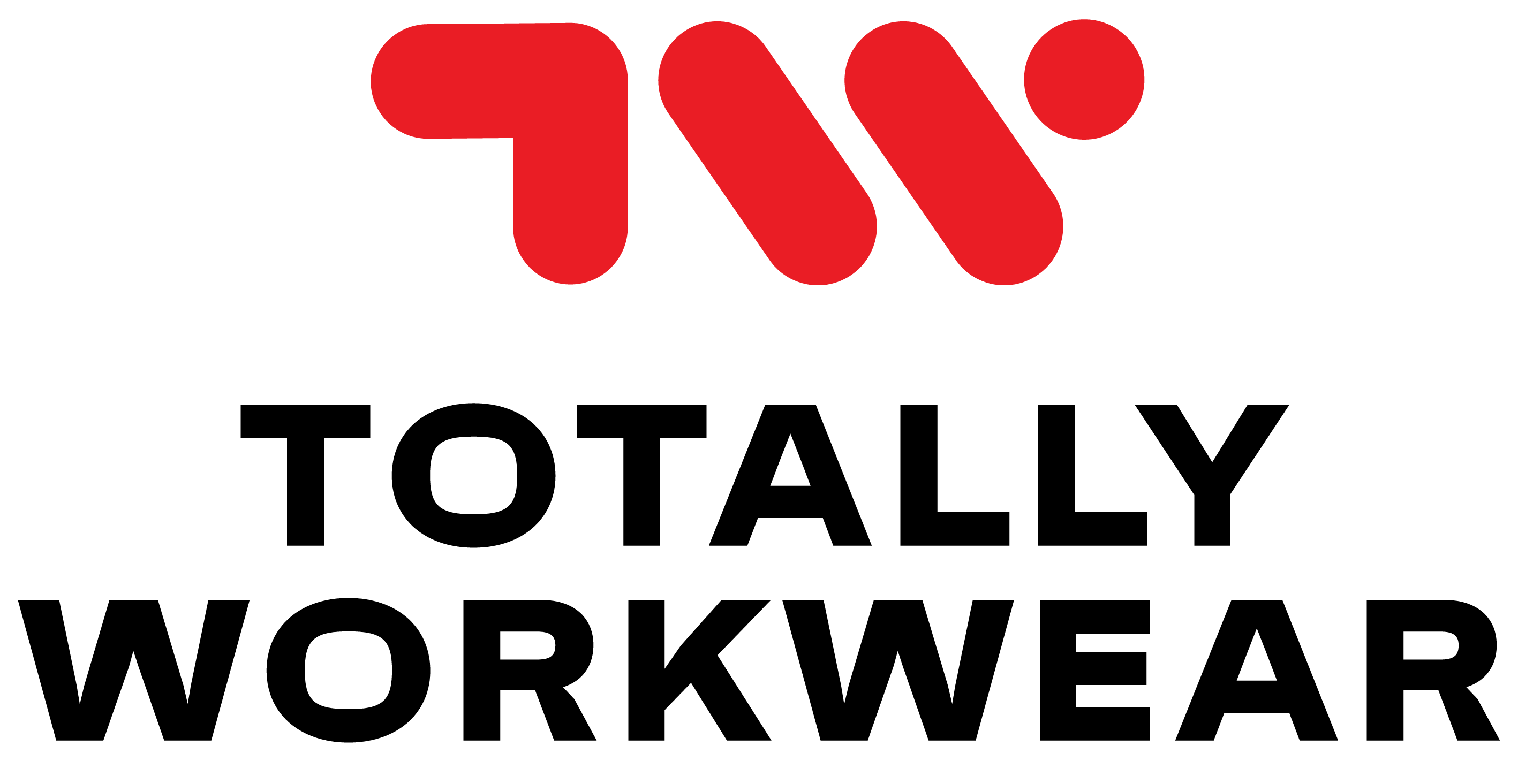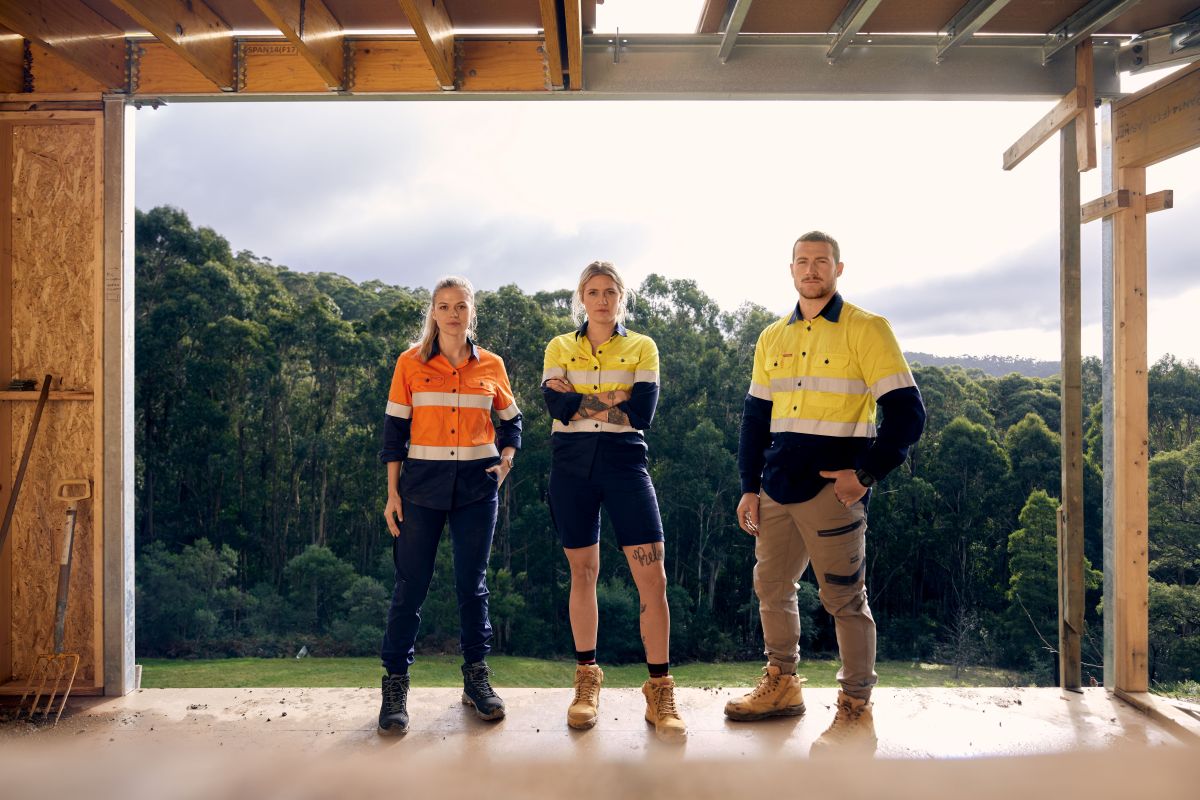Ordering uniforms for a large team can feel overwhelming, but with the right plan, you can simplify the process and ensure everyone receives the right fit on time. From choosing a trusted uniform shop to distributing orders at multiple sites, a systematic approach helps you stay efficient and keep your team looking sharp.
Understanding the Needs of Your Team
A successful uniform order starts with identifying your team's unique needs. Different departments, roles, and locations may require various styles or colors, so listing out these distinctions makes future steps much smoother. Ask team leaders for input on specific requirements and collect initial data on sizes, preferences, and quantities.
Gathering this information before you approach a uniform shop will save time and help avoid costly errors down the line. Having clear expectations also sets the foundation for better communication with the supplier, making it easier to discuss bulk pricing and inventory options.
Sizing: Making Sure Everyone Gets the Right Fit
Ensuring a proper fit is essential for comfort and morale. Yet, sizing is one of the trickiest aspects of large-scale uniform ordering. A uniform shop typically offers detailed sizing charts and, in some cases, sample garments or fitting kits.
- Distribute sizing guides to staff and ask them to measure themselves according to standardized instructions.
- If possible, schedule onsite fitting sessions before finalizing the order. This can greatly reduce the number of size-related exchanges later.
- Collate all sizing data in a clear spreadsheet, organized by team or department, so nothing gets overlooked.
A little investment in upfront measurement helps avoid waste and frustration, ensuring fewer returns and a better experience for everyone.
Bulk Ordering: Streamlining the Purchasing Process
Purchasing uniforms in bulk offers several distinct advantages. Most uniform shop providers give significant discounts on large orders, making it cost-effective. Bulk orders also ensure consistency in color and style, which reinforces a cohesive team image.
- Before placing an order, double-check stock availability with your chosen supplier, especially for custom variants or embroidery.
- Clarify shipping timelines to align delivery with your rollout schedule.
- Cluster orders by role or location to keep distribution clear and manageable.
Bulk ordering also simplifies the payment process. Instead of processing dozens of individual transactions, your procurement team can issue a single payment, making record-keeping easier and reducing administrative headaches.
Managing Variants: Addressing Departmental and Role-Specific Needs
Often, uniform requirements differ across departments. For instance, warehouse staff may need durable fabrics, while office teams prefer lighter materials or unique branding. Effective variant management keeps these details organized and ensures you order the right gear for each group.
- Catalog all necessary variants by color, fabric, and design features.
- Work with your uniform shop to assign distinct product codes or SKUs to each variant for error-free ordering.
- Maintain a centralized list of who receives which variant to aid both initial distribution and future reorders.
If your team is spread across multiple locations, map out which sites need each specific uniform type. Clarity here prevents mix-ups and helps you maintain stock levels at each site.
Coordinating Distribution to Various Sites
Once uniforms arrive, efficient distribution is the next challenge—especially if your team is spread over several locations. Plan your logistics in advance to minimize downtime and ensure quick rollout.
- Designate a point person at each site to oversee uniform receipt and distribution.
- Ship orders pre-packed and labeled by department or individual to simplify hand-off.
- Communicate clear pickup instructions to ensure all team members know how and when to collect their uniforms.
Track receipt at every step. A shared spreadsheet or simple sign-off process helps account for every item and flags any issues early. If any uniform needs alterations or replacements, logging these quickly keeps the process moving smoothly.
Communicating with Your Uniform Shop Supplier
A reliable uniform shop is a true partner in your ordering process. Open, consistent communication ensures you get answers quickly and can handle any surprises fast.
- Clarify points of contact for both ordering and issue resolution.
- Discuss stock availability and potential lead times, especially during busy periods.
- Ask about after-sales support, such as handling returns, size exchanges, or adding late orders.
Regular updates from your supplier safeguard against delays and let you keep your team informed.
Leveraging Technology for Uniform Ordering
Modern uniform shop platforms often offer digital tools for order management. If available, these systems make tracking, approval, and reporting straightforward, even for large orders.
- Use online portals for submitting sizes, approving proofs, or tracking shipments.
- Export reports to track spending by department or site.
- Integrate order data with your own HR or inventory systems to streamline future reorders.
Investing in digital systems lightens the workload, reduces manual errors, and saves time when your next uniform cycle rolls around.
Handling Reorders and Future Growth
Teams evolve. New employees join, and existing staff may change sizes or roles, requiring fresh uniforms. Setting up an ongoing relationship with your uniform shop simplifies reorders and ensures consistency.
- Maintain a master list of each team member’s past orders and sizes.
- Discuss minimum reorder quantities or standing stock agreements with your supplier to increase flexibility.
- Schedule periodic reviews to update your apparel needs and refresh branding if necessary.
Clear records also help during audits or compliance reviews, which are common in industries with strict uniform policies.
Avoiding Common Pitfalls
Uniform ordering for large teams can have stumbling blocks. Common mistakes include underestimating lead times, ignoring size variations, or losing track of who has what. To save yourself from these headaches:
- Build in extra time for production and shipping, especially for custom items.
- Double-check order details before confirming with your uniform shop.
- Keep all records up to date, from size lists to distribution logs.
Minor oversights can become significant frustrations if not addressed early, so a little diligence pays huge dividends.
Budgeting and Cost Management
A thoughtful budgeting approach is central to uniform success. It’s important to secure department approval before finalizing large transactions and to clarify all cost elements with your uniform shop up front.
- Request detailed quotes that include embroidery, taxes, shipping, and possible overage fees.
- Keep a buffer for additional last-minute orders or replacements.
- Negotiate payment options, like phased payments for very large contracts.
Transparent financial planning creates smoother approval paths and prevents unpleasant surprises later on.
Sustainability and Team Buy-In
Beyond the practical steps, consider the bigger picture. Involving your team in the uniform selection process, offering comfortable fits, and exploring sustainable material options can boost morale and foster a sense of ownership.
- Invite feedback on fabric choices and style options.
- Highlight eco-friendly materials if your uniform shop offers them.
- Communicate clearly about care instructions to extend uniform lifespan.
Inclusive, thoughtful processes not only ensure a sharp look but also help your team feel valued and engaged.
Conclusion
Managing uniform orders for a large team is easier when you focus on organization, communication, and partnership with your chosen uniform shop. With the right planning, your team will stay comfortable, professional, and ready for success. To streamline your next order, start with clear sizing, coordinated logistics, and open lines with your supplier.



Share:
Custom Uniforms: Tailored Branding Solutions for Every Industry
Footwear for Work: How to Pick Safety Boots That Last